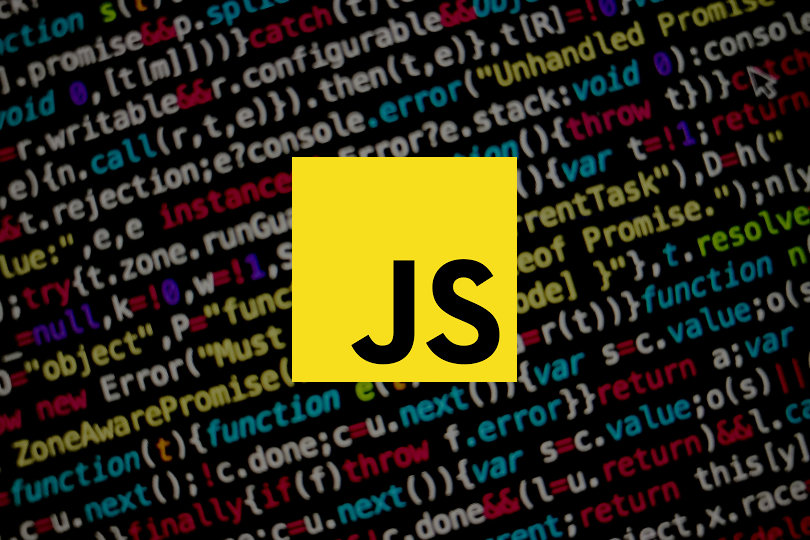There are tonnes of facts to prove that JavaScript is an extremely important name in the world of programming languages. Take for example the fact that 94.5% of all websites on the world wide web use JavaScript, or that all major browsers such as Google Chrome, Mozilla Firefox, Opera and MS Internet Explorer use JavaScript.

It is nearly impossible to develop web applications without using JavaScript. Originally developed as a client-side application, JS now is widely used to design server-side applications as well. Initially, clumsy-looking web pages were designed in HTML, and were mostly static, with the exception of maybe a dropdown list or similar unimpressive stuff. JavaScript brings dynamic elements to web pages (such as live chat options) and makes them far more interactive and useful.
Following are the features JS brings to websites (which were absent in HTML):
- Real-time live messaging
- Autocomplete (forms)
- Animations
- Loading or reloading parts of a page
- Playing audio/video
- Verifying inputs such as forms
Let us discuss a few more important highlights of JavaScript and understand why JavaScript Certifications are gaining popularity.
1. Faster Client-side execution
By running the code directly in the client’s browser, the websites can load much faster, as it no more needs continuous communication with the server. Additionally, JS is asynchronous, which means even with the availability of the server, it communicates with the server in the background without interrupting what is happening on the front-end.
2. Simplicity and Ease
JavaScript is easy to learn and even new programmers can get going with it easily. In addition to this, the availability of readymade libraries and packages (discussed a bit later) also make it much easier to implement without spending a lot of time every time.
3. MEAN Stack
MEAN Stack is an important software stack used for designing dynamic and interactive applications. MEAN stands for MongoDB, Express.js, Angular.js, and Node.js. As you may have guessed, the ‘js’ in all of these stands for JavaScript.
4. Google AMP
Google’s ‘Accelerated Mobile Pages’ (AMP) project focuses on delivering a better user experience specifically on different types of mobile devices. Given the exponential rise of usage of mobile devices over desktop and laptop computers, it is an important step in web development. Without going into much detail, the optimization of websites for mobile devices by integrating the AMP technology requires knowledge of JavaScript
5. Availability of libraries
Thanks to the widespread presence of JS for many years, a number of libraries are available for use. This means every time any feature has to be included or a website has to be enhanced or modernized, one can use a fitting library instead of writing the whole code. This brings speed, efficiency, and the availability of choice to web development.
6. Interoperable
JS is largely interoperable, unlike SSI or PHP. It can be inserted into any webpage regardless of its extension. This brings great flexibility to developers working with JS.
7. Always Evolving
With the large community of JS users, it continuously keeps evolving, be it updates or new libraries or even frameworks such as angular or node. This keeps it ever relevant to the current market requirements and even adds simplicity to its usage.

JavaScript Vs. Java
Most people who are not from the programming background consider Java and JavaScript to be the same. A lot of coding newbies also get the same notion – which is inaccurate.
Java and JavaScript are not the same things at all. Both of these are programming languages though. Java is a proper programming language, unlike JavaScript’s focus on the world wide web, and is a product of Sun Microsystems. JavaScript on the other hand was born in the process of developing Netscape in the early ‘90s exclusively for browser-related applications.
Learning JavaScript
As some people rightly say, knowing JS and being able to write codes and execute in JS are completely different things. Those new to programming may have to learn from the basics including variables, functions, etc. This might take a while but is necessary. Once the basics are clear, it is time to learn by actually doing stuff. One cannot learn coding without writing codes that run (and hence a lot more that don’t run).
The internet is full of JavaScript tutorials, not to forget the number of books on it. But learning a programming language is not like learning a recipe. Although the language is not among the most difficult, there are many intricacies and such sources as mentioned above cannot do what a JavaScript training with hands-on training can do.

